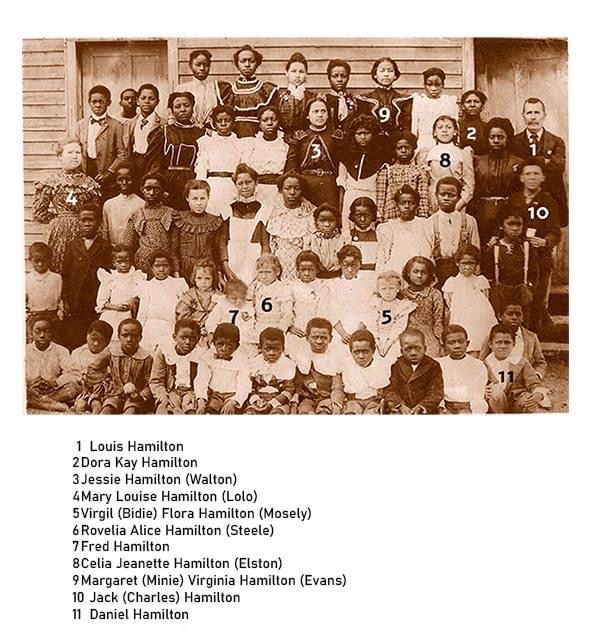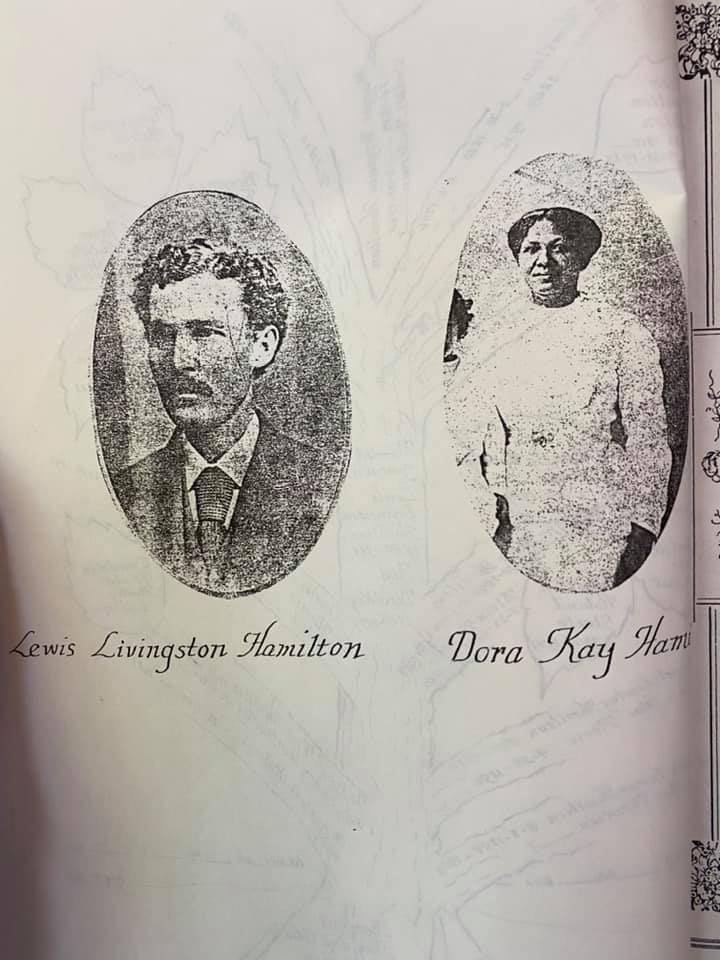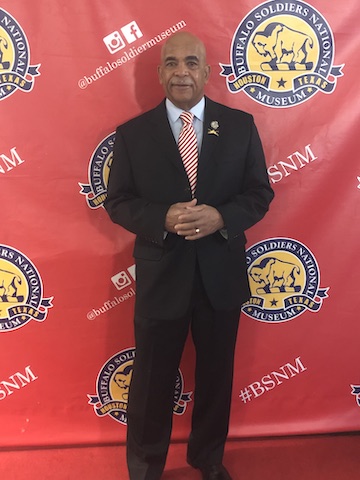Their courage and valor in support of our nation’s war and peace time efforts are a significant part of our nation’s success and history. Their sacrifices helped elevate the status of African Americans in this country as equal citizens. - Lemmie
Q&A: What exactly is a Buffalo Soldier?
Lemmie: They were African American Army unit members of the 9th and 10th Calvary as well as the 24th and 25th Infantry Regiments. They were formed after the Civil War, and they were basically assigned frontier duty – so they would escort the wagon trains, protect settlers in the Indian territory. They got their name from the Indians because of the texture of their hair. African Americans are integrated into the mainstream of the Armed Forces today. The Buffalo Soldier Units were reassigned during the early part of World War II.
Q&A: And how does your work honor and recognize Black soldiers?
Lemmie: We honor and recognize Black soldiers from the Revolutionary War to the Gulf War. We have a Tuskegee airman display. We have a Black astronaut display. We try to present a continuous history of the involvement of the Black soldiers in the United States defense system. The displays change on a periodic basis.
Q&A: How did the Buffalo Soldiers impact this country?
Lemmie: Very positively. Their courage and valor in support of our nation’s war and peace time efforts are a significant part of our nation’s success and history. Their sacrifices helped elevate the status of African Americans in this country as equal citizens.
Q&A: Were you ever a soldier?
Lemmie: Yes, I was a commissioned officer in the U.S. Army. My service was mainly in the U.S. Army Reserve and the Texas National Guard.
Q&A: Anything else?
Lemmie: I don’t know if you’ve heard about it but several years ago, the Ft. Bend Independent School District was digging a foundation for an educational center in Sugar Land, Texas, and while digging they started uncovering human remains. They found out that these human remains were those of people who were subjected to convict leasing. They are now known as the “Sugar Land 95.” So what convict leasing is – there were private individuals who leased Black inmates from the Texas Department of Corrections. This happened from the late 1860s to around 1910.
This was after the slaves were freed by the 13th Amendment (1863). But there was an exception in the 13th Amendment – if someone was incarcerated. These people were used as a form of cheap labor, and individuals would lease them from the State and made a lot of money and a lot of times they could sublet these people to others, and they made even more.
The life expectancy on average for people in these labor camps was about two years. They contracted diseases, they were beaten, they were shot. And basically, if someone died, they would throw them in wood coffins in the ground and get another prisoner. This system was actually worse than slavery.
Q&A: So, what do you do with this project?
Lemmie: Right now, we are working with MASS Design of Boston, an architectural firm that did the Legacy Museum in Montgomery, Alabama. They are working with the Fort Bend Independent School District – which has the property where the discovery site is – to build a memorial park, and perhaps a museum on the site.
Q&A: So, you are in on the ground phase?
Lemmie: Oh yes. We are just really getting started with this. There were 95 remains discovered, 94 male and one female.
Before I moved from Sugar Land, Texas, I was about a mile-and-a-half from the discovery site. Now I live in Missouri City, and I recently found out that probably within a mile-and-a-half of where I live is an old, abandoned sugar-processing barn built before the Civil War. The labor that was utilized to process the sugar was initially slave labor and then after the war leased convicts.
Q&A: Did they purposely throw Blacks in prison so they could lease them?
Lemmie: After slavery, the Black codes were put in place. Blacks could be thrown in jail for nearly anything – be it vagrancy, spitting on the sidewalk – basically anything could lead to incarceration. I’m sure some of the people in the program actually committed crimes, but that was not always the case.
Q&A: How have your fared dealing with your past?
Lemmie: I guess it gets back to what we were saying earlier about my background and my family. I had a strong support system, which helped me make it through some tough times in school. And I’ve always leaned toward the positive rather than the negative. And when I think back at my time at Mizzou, I think about the people who really helped me succeed. There were professors – I mentioned Strickland – but also many others that really took an interest in me and helped me develop my skills and knowledge.
Q&A: What one takeaway would you like to leave me with, regarding your history, your work, your research?
Lemmie: I have had many different experiences in life that prepared me for my journey. The University of Missouri was definitely one of those experiences and has had a major positive impact on my life.



